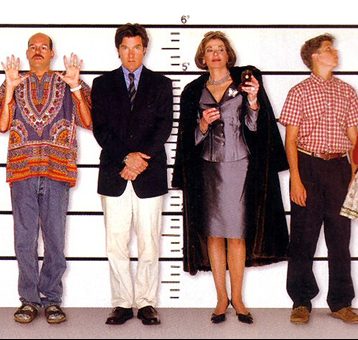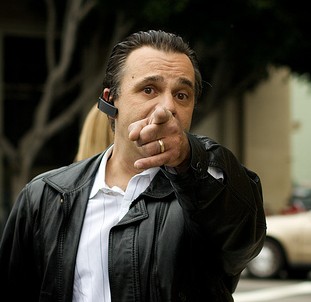Creating Conflicted Antagonist Characters
In the novels we write, protagonists often steal the spotlight, but secondary characters—particularly antagonists—can add depth, conflict, and intrigue to…

In the novels we write, protagonists often steal the spotlight, but secondary characters—particularly antagonists—can add depth, conflict, and intrigue to…

Every character in a fictional story needs to play a role, whether a strong antagonist standing in the way of…

Creating a cast of characters is a challenge for novelists. It’s a balance. You need just the right number of…

Today’s guest post is by author Jennifer Probst. Secondary characters have always been important to readers in fiction and serve…

Think about what makes you interested or drawn to certain people. What qualities of theirs pull you in? Is it…

There are three basic secondary character role types in novels, and we’ve looked at the first two: the nemesis or…

We’ve been looking at secondary characters in novels these past few weeks, and there is so much more to say…

Novels need a cast of characters, and developing rich secondary characters is a pillar of novel construction that cannot be…

Last week we started looking at secondary characters in a novel. I often see characters populating a story that seemed…

Subscribe to my email blasts to level up your writing and be notified of upcoming events and offers!
No products in the cart.